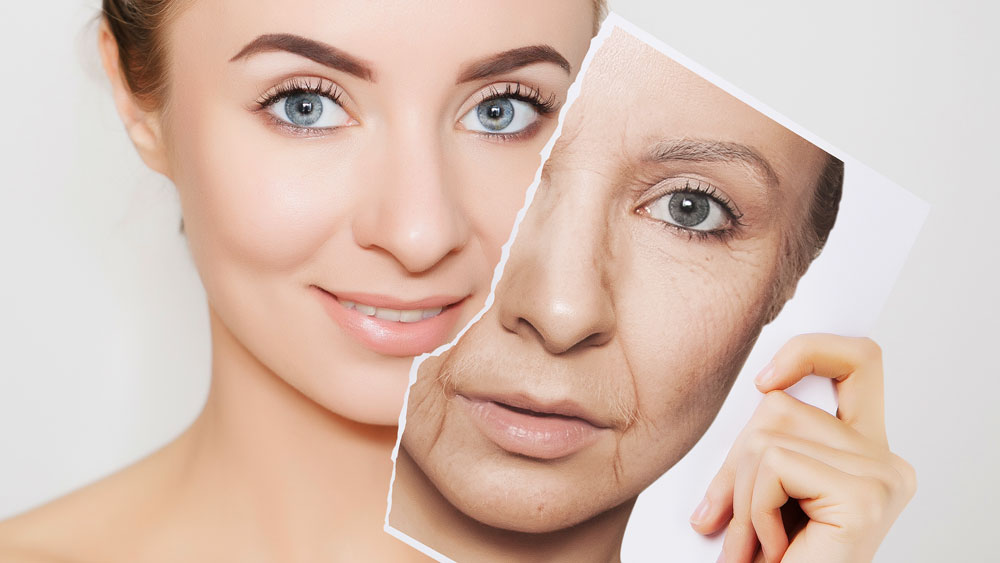A smile is often considered one of the most attractive features of a person’s face. However, when an excessive amount of gum tissue is visible above the teeth while smiling, it is referred to as a gummy smile. This condition, medically known as excessive gingival display, is a common concern among individuals who feel self-conscious about the appearance of their smile before and after treatment. While some people embrace their unique look, others may seek solutions to modify it for aesthetic or functional reasons.
The appearance of excess gum exposure can vary in severity, ranging from mild visibility to a more pronounced display that significantly alters facial balance. The good news is that there are several treatment options available, including non-invasive and surgical solutions, to help those who wish to adjust their smile.
This guide explores everything you need to know about addressing this concern—from its causes and effects to the various ways it can be corrected. Whether you’re looking for natural remedies, cosmetic procedures, or surgical interventions, understanding the factors that contribute to upper gum visibility can help you make an informed decision about the best course of action.
What Is a Gummy Smile?
A gummy smile is characterised by excessive gum exposure when a person smiles. While a well-balanced smile typically shows around 2 millimetres or less of gum tissue, a gummy smile often exposes 3 millimetres or more, creating a disproportionate look. This can affect facial harmony and make the upper gums appear more prominent than the teeth.
The perception of a gummy smile varies from person to person. Some individuals embrace their unique smile, while others may feel self-conscious about the appearance of excess gum tissue. Although this condition is not typically a medical concern, it can affect self-confidence, prompting some people to consider cosmetic or medical solutions.
This concern can be classified into different types, depending on the underlying cause. Some cases are influenced by genetics, while others result from dental development, lip positioning, or jaw structure. Understanding what contributes to visible gum display is essential in determining the most effective treatment options.
Now that we’ve established what a gummy smile is, let’s explore the various causes that lead to upper gum visibility.
Common Causes of a Gummy Smile
This condition can be influenced by several factors, including genetics, jaw development, lip movement, and even medication use. Understanding the root cause is crucial in determining the most suitable treatment approach.
Genetic and Structural Factors
Genetics play a significant role in facial and dental development. Some individuals naturally have longer upper jaws (maxillary excess), which causes the gums to be more visible when smiling. Others may inherit a high lip line, meaning their upper lip retracts further than usual, exposing more of the gum tissue.
Differences in Tooth and Jaw Development
In some cases, a gummy smile is linked to delayed tooth eruption, where the teeth appear shorter due to excess gum coverage. This condition, known as altered passive eruption, prevents the gums from receding to their natural position, making the teeth look smaller than they actually are. Additionally, jaw misalignment can lead to an imbalanced smile where the gums become more prominent.
Lip Structure and Hyperactive Lip Movement
The way the upper lip moves when smiling also affects gum visibility. Some individuals have a hyperactive upper lip, which raises too high when smiling, exposing more gum than usual. Others may have a shorter upper lip, which naturally provides less coverage for the gums.
Medication-Induced Gum Overgrowth
Certain medications, such as anticonvulsants, immunosuppressants, and calcium channel blockers, can cause gingival hyperplasia, a condition where the gum tissue grows excessively, leading to a gummy smile.
If you’re wondering how to get rid of this condition, it’s important to understand whether it is caused by genetics, tooth positioning, or other underlying factors.
Does a Gummy Smile Get Worse with Age?
Ageing naturally brings changes to the teeth, gums, and facial structure, which can influence the overall appearance of your smile. While some people may notice increased gum visibility over time, others might experience a reduction as facial proportions shift.
Changes in Gum and Tooth Alignment
As we age, the gums may recede, exposing more of the teeth. However, in individuals with excess gingival display, gum overgrowth may persist or worsen due to factors such as poor oral hygiene, medication side effects, or genetics. Teeth can also shift with age, disrupting the balance between the teeth and gums and making the smile appear less proportionate.
Lip and Facial Structural Changes
The upper lip naturally loses volume and elasticity with age. In some cases, this may help reduce visible gum exposure as the lip begins to cover more of the area. However, for individuals with a hyperactive upper lip, the loss of muscle tone may cause the lip to retract even more during smiling, increasing the amount of gum that shows.
Jaw and Bone Structure Changes
Changes in bone density and jaw structure can also affect how the gums appear. If the upper jaw protrudes too much (vertical maxillary excess), bone loss over time may make the gummy smile more prominent.
Although ageing doesn’t always make a gummy smile worse, it can influence how noticeable it appears. This is why some people seek gummy smile treatment early to prevent further changes.
Psychological and Social Impact of a Gummy Smile
A smile is a fundamental part of human interaction, shaping first impressions, confidence, and self-expression. For individuals with excess gum visibility, the way their smile is perceived—both by themselves and others—can significantly influence self-esteem and social experiences. While some people embrace their unique look, others may feel self-conscious, prompting them to explore ways to enhance their smile for improved confidence.
Impact on Confidence and Self-Perception
A smile is often associated with friendliness, warmth, and approachability. However, when someone is self-conscious about the amount of gum that shows, they may become more aware of how they express themselves in social or professional settings. Some might avoid smiling in photos, cover their mouths when laughing, or feel reluctant to speak in public. Over time, these habits can lead to reduced self-confidence and increased anxiety.
For those who feel this concern is affecting their self-image, learning how to correct excessive gum exposure through non-surgical or surgical methods can be a powerful step toward regaining confidence.
Social and Cultural Perception
Different cultures have varying beauty standards regarding smiles. In some societies, a balanced gum-to-tooth ratio is considered more aesthetically pleasing, while in others, natural smile variations are embraced. However, beauty is ultimately subjective, and what matters most is how comfortable a person feels with their own appearance.
Despite cultural differences, a gummy smile treatment may be an option for those who feel it is impacting their confidence. Whether it’s a minor enhancement or a more comprehensive correction, the goal is to achieve a smile that feels natural and authentic to the individual.
Professional and Personal Relationships
A smile plays a key role in expressing warmth, trustworthiness, and openness. When self-consciousness about upper gum display becomes overwhelming, it can affect how someone communicates in both personal and professional environments. In more severe cases, it may even contribute to social withdrawal or anxiety.
For those who feel this concern is holding them back, exploring treatment options—both surgical and non-surgical—can be an empowering decision. In the next section, we will explore the range of available solutions for reducing gum visibility and achieving a more harmonious smile.
How to Fix a Gummy Smile – Treatment Options

There are multiple ways to get rid of a gummy smile, depending on its cause and severity.
Non-Surgical Treatments
- Botox Injections: Temporarily relaxes the upper lip muscles, preventing excessive gum exposure when smiling.
- Hyaluronic Acid Fillers: Adds volume to the upper lip, helping to cover more gum tissue.
- Orthodontic Treatment: Braces or clear aligners can help adjust tooth positioning, reducing gum visibility.
Surgical Treatments
- Gingivectomy: A gum contouring procedure that removes excess gum tissue to expose more of the teeth.
- Lip Repositioning Surgery: Adjusts the upper lip positioning to limit gum exposure when smiling.
- Orthognathic Surgery: Corrects jaw alignment issues, repositioning the upper jaw to reduce excessive gum display.
- Temporary Anchorage Devices (TADs): Small orthodontic implants used to move teeth into a better alignment, which can help in reducing gum visibility.
With various gummy smile treatment options available, choosing the right solution depends on the underlying cause and personal preference. Consulting a dental or cosmetic specialist can help determine the best approach for a natural, confident smile.
Achieving a Balanced and Confident Smile
A gummy smile can affect facial balance and self-confidence, but various treatment options are available to help achieve a more proportionate and natural look. Whether through non-surgical solutions like fillers or permanent corrections such as gingivectomy and orthognathic surgery, the right approach depends on the underlying cause and personal preference.
At Northern Beaches Cosmetic, we provide expert gummy smile treatment tailored to each individual’s needs. If you’re looking for a way to get rid of a gummy smile, book a consultation today and take the first step toward a confident, natural-looking smile.

